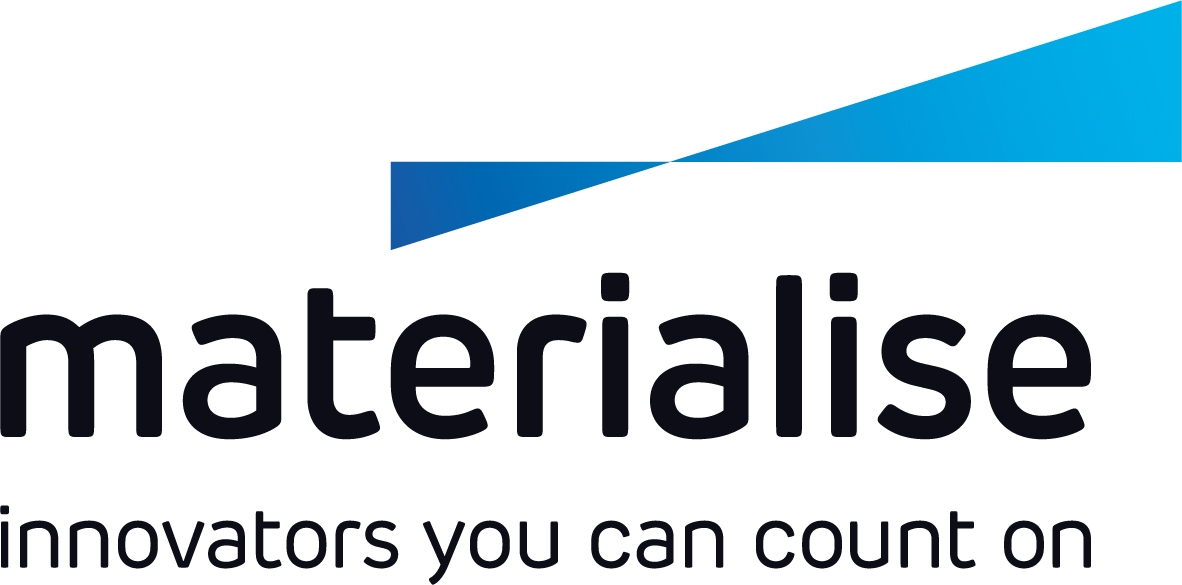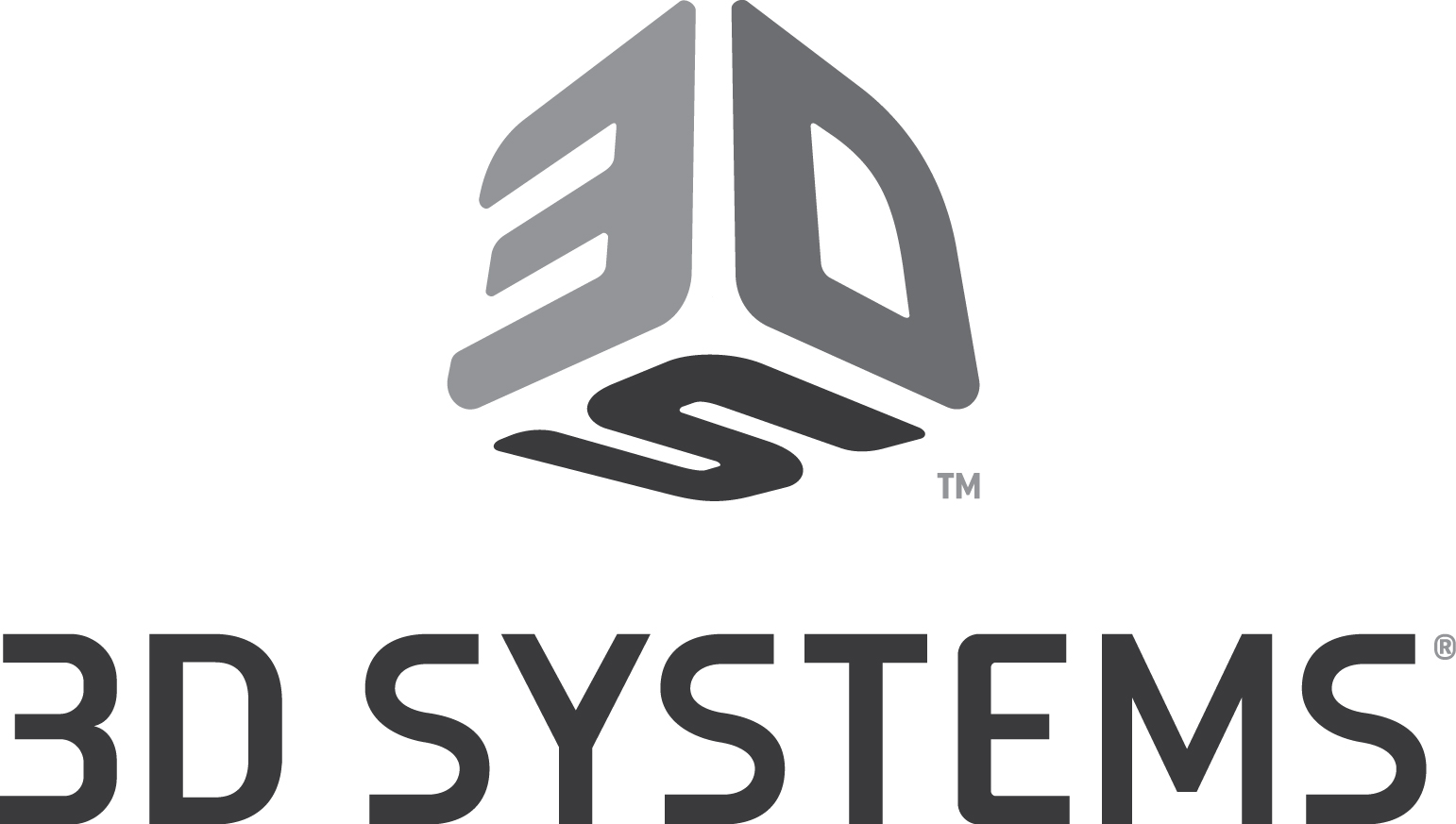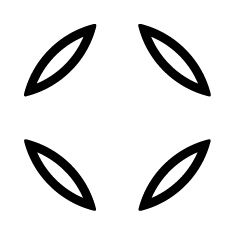
Por novena vez se ha otorgado el purmundus challgenge, el premio de diseño en impresión 3D y 4D el pasado 18 de noviembre de 2021 durante la feria Formnext en Francoforte del Meno. Un total de ocho candidaturas fueron premiadas con el preciado trofeo dorado.
Con el desarrollo novedoso de la suela “New Pointe Shoe Sole”, Sophia Lindner, de act’ble GmbH, se hizo con el primer premio purmundus challgene. Los ganadores del desafío purmundus challenge fueron homenajeados ayer en Francoforte del Meno. El segundo premio fue para Ramón Mañas, de Odisei Music SL, por el saxofón “Travel Sax”; mientras que Jamie Cook, Henry Neilson, Theo Clarkes, Mark Brown, Jess Lewis y George Jary de HEXR recibieron el tercer premio por su proyecto “HEXR, el primer casco de bicicleta a medida del mundo impreso con tecnología 3D”.
Los finalistas del desafío purmundus challenge de este año, que en 2021 tuvo lugar bajo el lema “Innovación en movimiento”, fueron premiados durante la feria Formnext. Las novedades galardonadas abarcan desde zapatos de ballet hasta instrumentos musicales impresos con tecnología 3D, cascos de bicicleta, intercambiadores de calor o pinzas de freno.
Act'ble es una empresa joven que ha colaborado con deportistas de élite para desarrollar unas nuevas puntas tanto para el ballet clásico como para el baile contemporáneo. A este producto se le atribuye una resistencia cinco veces mayor que las puntas tradicionales, además de reducir drásticamente el dolor físico. Gracias al concepto patentado de la suela impresa en 3D junto al material exterior, se crean nuevas posibilidades de movimiento y de la expresión artística individual.
Diseñado y fabricado en Barcelona, el Travel Sax (saxofón de viaje) es el saxofón electrónico más pequeño y ligero del mundo. Para producir este saxofón, que ya tocan alrededor de 1.200 usarios en el mundo, se usa la tecnología 3D más innovadora. El controlador MIDI funciona tanto con el saxofón como con el ordenador. El diseño de la posición de las llaves se basa en una saxofón convencional, y el volumen se regula con la presión del soplido. El saxofón electrónico también se puede usar para practicar sin molestar a los vecinos.
Según sus creadores, HEXR es el primer casco de bicicleta a medida impreso con tecnología 3D del mundo. El diseño realizado con estructuras de panal aúna confort y seguridad. Para crear el casco, se escanea y mide la cabeza del usario con una aplicación especialmente desarrollada para ello. El diseño individual se genera automáticamente en un servidor. El material usado, PA11, está producido en su totalidad a partir de aceite de ricino. Las estructuras interiors de panal y los components más pequeños del casco se imprimen en 3D. El casco no solo está hecho a medida, si no que además se puede personalizar con un grabado del cliente.
Además, estos fueron los premios especiales que se otorgaron en la feria Formnext: El premio mención especial “Special Mention” recayó en la Dr. Mzriam Lingg, Lukas Schiller y Alec Chevrot (macu4 AG) por su prótesis de antebrazo transpirable y a medida “Macu4 Forearm Prosthetics”. El premio innovació “Innovation Prize” fue para Pablo Valdivia y Alvarado, Narasimha Boddeti, Tien Van Truong, Vincent S. Joseph, Thileepan Stalin, Theo Calais, Shien Yang Lee and Martin L. Dunn (Laboratorio de diseño y bio-robótica de la Universidad de Tecnología y Diseño de Singapur, Universidad Estatal de Washington, Universida de Colorado Denver) por el proyecto “3D Printed Soft Robots”: robots blandos a medida por impresión 3D. El premio del público “Public Choice Award” fue para Roberto Trunfio y Delijuice, un exprimidor impreso con 3D con filamentos producidos a partir de residuos cítricos procesados.
El premio “Altair Simulation Driven Design Award 2021” otorgado al diseño basado en la simulación fue para Tommaso Tirelli, Aidro - Desktop Metal Company y su Toucan Beak (pico de tucán): una idea para intercamibadores de claor ligeros por impresión 3D. Aschraf Danun, Michael Wehrli, Remo Elmiger, Ole Müller, Tiago Ogris, Tom Felder y el Prof. Mirko Meboldt de la Universidad ETH Zurich - Product Development Group Zurich recibieron el premio novel “Newcomer Prize” por haber desarrollado unas pinzas de freno por impresión 3D con función integrada.
La ceremonia de entrega de premios purmundus challenge tuvo lugar el pasado jueves durante la celebración de la feria Formnext. A los ganadores se les hizo entrega del trofeo dorado y de premios en metálico por un valor total de 30.000 €.
Comunicado de prensa de Vineeta Manglani, Formnext

Los ganadores de este año son:
1er premio: new pointe shoe sole
act'ble GmbH I Sophia Lindner
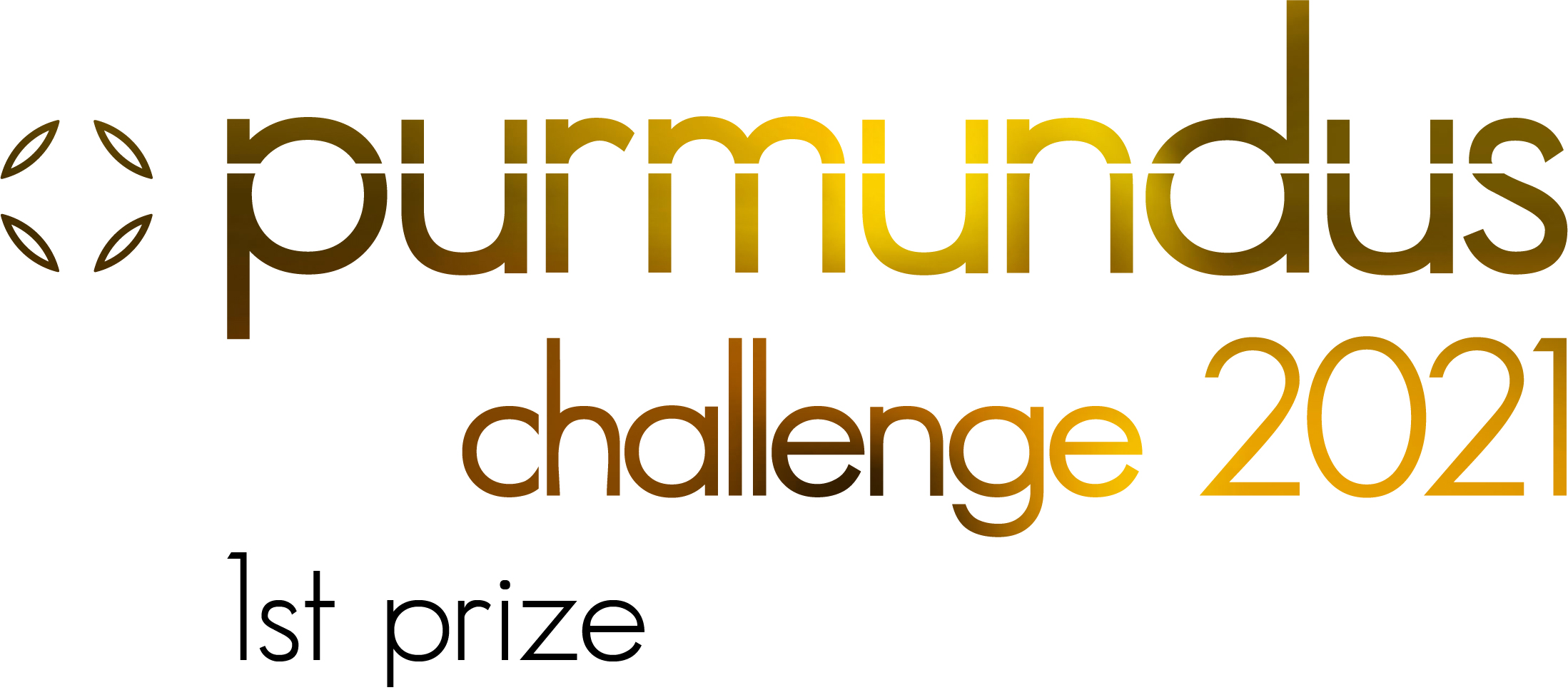
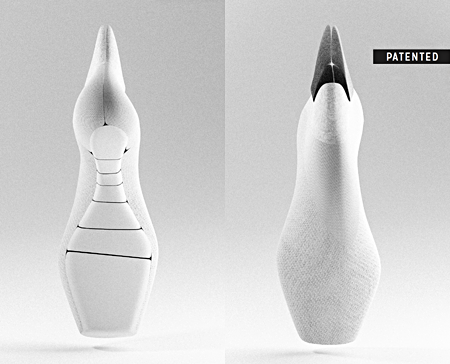 Developement of a tool, that’s made to move. Moveable in itself due to the geometry. Enabling perfection of aesthetic movements
Developement of a tool, that’s made to move. Moveable in itself due to the geometry. Enabling perfection of aesthetic movementsAs a young and dynamic innovation team we re-think one of the most iconic, aesthetic, and powerful sports: ballet. act‘ble is a young company creating a new art of movement. Design and Research together with high level athletes leads to the developement of a new pointe shoe for classical ballet and contemporary, that lasts 5 times longer than conventional pointe shoes and dramatically reduces physical pain. We want to enable dancers to make a difference in their performance, live and world. Through our patented concept of a 3D printed Sole combined with an upper we create new possibilities of movement and individual artistic expression.
State of the art
Pointe shoes are made by the most elaborate handwork. In over 100 steps a shoe is made from several layers of linen and glue, which is then oven-hardened for 24 hours. The durability of a pair of shoes is 1 day in professional sports, which puts the dancer at extreme health risk. The Royal Opera House in London, for example, invests 250,000 EUR in pointe shoes alone per season.
Thanks to 3D scans, 3D printing and functional knitting, we develop a performance she that fits perfectly
To eliminate the conflict between the necessary flexibility and stability, the sole has cuts at the bottom. They allow free movement for the upward and downward rolling movements of the foot, where physiological walking is not possible with conventional shoes. On the other hand, for standing on the toes, the optimal support function is ensured by the segments closing and blocking. According to a modular system, the sole and the upper shoe can be exchanged later.
Developement
In 3D printing we have found a tool that offers the same precision and individuality as the athletes themselves. Mass personalisation and motion capture also open up possibilities that were previously unheard of in this industry. In over a hundred iterations, we 3D printed an individually generated prototype every 1 to 2 days, further optimised it and tested it with high-level athletes from the surrounding state theatres and companies with extremely positive feedback. Due to the high precision of the FDM process, we were able to develop a performance sole in rapid prototyping that never existed before. The 200-year-old traditional pointe shoe is completely rethought.
Fluent transition from prototype to series product
The next step is to optimise the sole geometry for the SLA process in order to produce 3D printed soles that will also be sold directly to customers.
Scenario ”Beta-Testathlete”: Permanent optimisation through direct customer feedback
The first 3D printed act’ble shoes will be available for purchase in early 2022 as part of a beta study. For high-level athletes, there will be the possibility to make adjustments to individual needs in terms of performance and health. Thanks to mass customisation, dancers will be able to find a tailor-made answer to their individual requirements. It is no longer necessary to test/ consume a large number of shoes in order to find one that comes close to fitting. 3D printing + form-knitting offer the basis to produce without waste.
User feedback
Our vision is based on one of the greatest cultural assets that has always shaped humanity: Dance. In addition to the world’s leading Stuttgart State Ballet, we would like to set another milestone in the region and further develop this cultural treasure and make it available to dancers worldwide. Quote from our survey of a dancer from the New York City Ballet: “I hope dancers will take more ownership of their career and its prevention and will behave more like high-level athletes.
Vision
The product development takes place in close cooperation with dance medicinists and the TA.MED e.V. (Tanzmedizinischer e.v. Deutschland). From a health perspective, muscular training processes in particular can be significantly optimised through the new sole. A topic that is long overdue in ballet. Together with the Fraunhofer Institute IPA, a research series in the field of mass personalisation and motion analytics will be aimed. The aim is also to build the sole geometry parametrically in the future based on a generative design based on the dynamic forces. The focus of further development is on stress optimisation. For this purpose, a tool is to be used to optimise current predetermined breaking points in the future through stress analyses / topology optimisation and to identify stress peaks.
IP
trademark “act’ble” in: Switzerland, Canada, China, USA, Korea, Japan, Australia, Russia, Germany. Patent in EU and USA
2º premio: Travel Sax
Odisei Music SL I Ramon Mañas
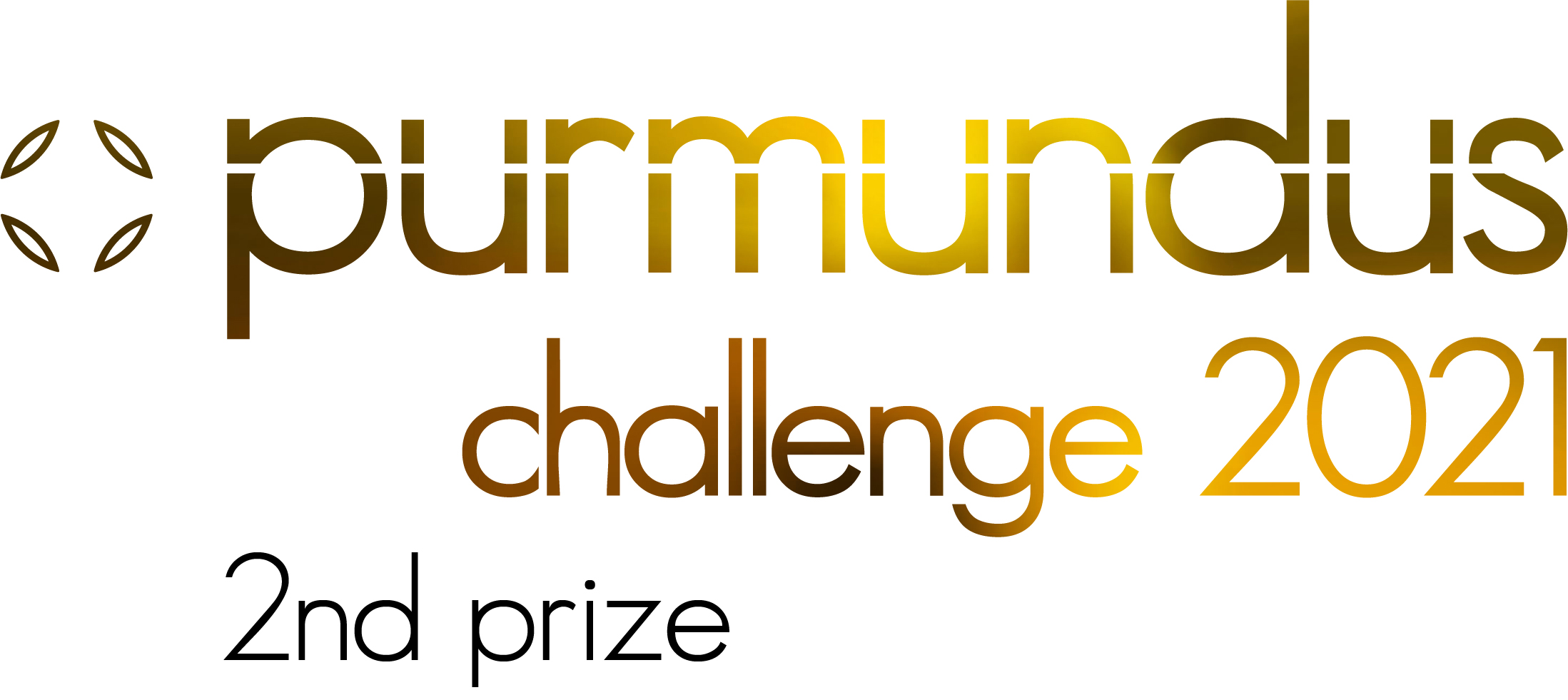
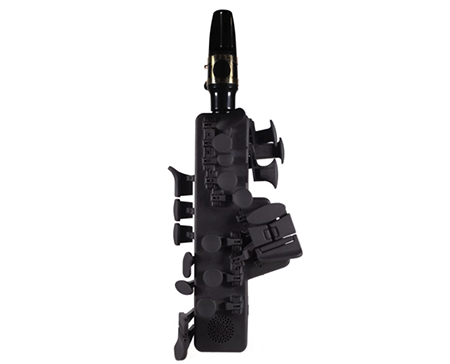 Travel Sax is the smallest and ligthest electronic saxophone in the world. Designed and manufactured in Barcelona. It has been manufactured with the latestet 3D printed technologies and we have more than 1200 customers all arrond the world. This small MIDI controller can work with your smartphone and with your PC. It uses a standard saxophone mouthpiece and the position of the keys mimic a conventional saxophone as well as the pressure from your breath to determine volume. From now on you will be able to practice anytime anywhere without disturbing others, enabling you to improve your saxophone skills much faster.
Travel Sax is the smallest and ligthest electronic saxophone in the world. Designed and manufactured in Barcelona. It has been manufactured with the latestet 3D printed technologies and we have more than 1200 customers all arrond the world. This small MIDI controller can work with your smartphone and with your PC. It uses a standard saxophone mouthpiece and the position of the keys mimic a conventional saxophone as well as the pressure from your breath to determine volume. From now on you will be able to practice anytime anywhere without disturbing others, enabling you to improve your saxophone skills much faster.
3er premio: HEXR, the world's first custom fit cycle helmet
HEXR I Jamie Cook I Henry Neilson I Theo Clarkes I Mark Brown I Jess Lewis I George Jary
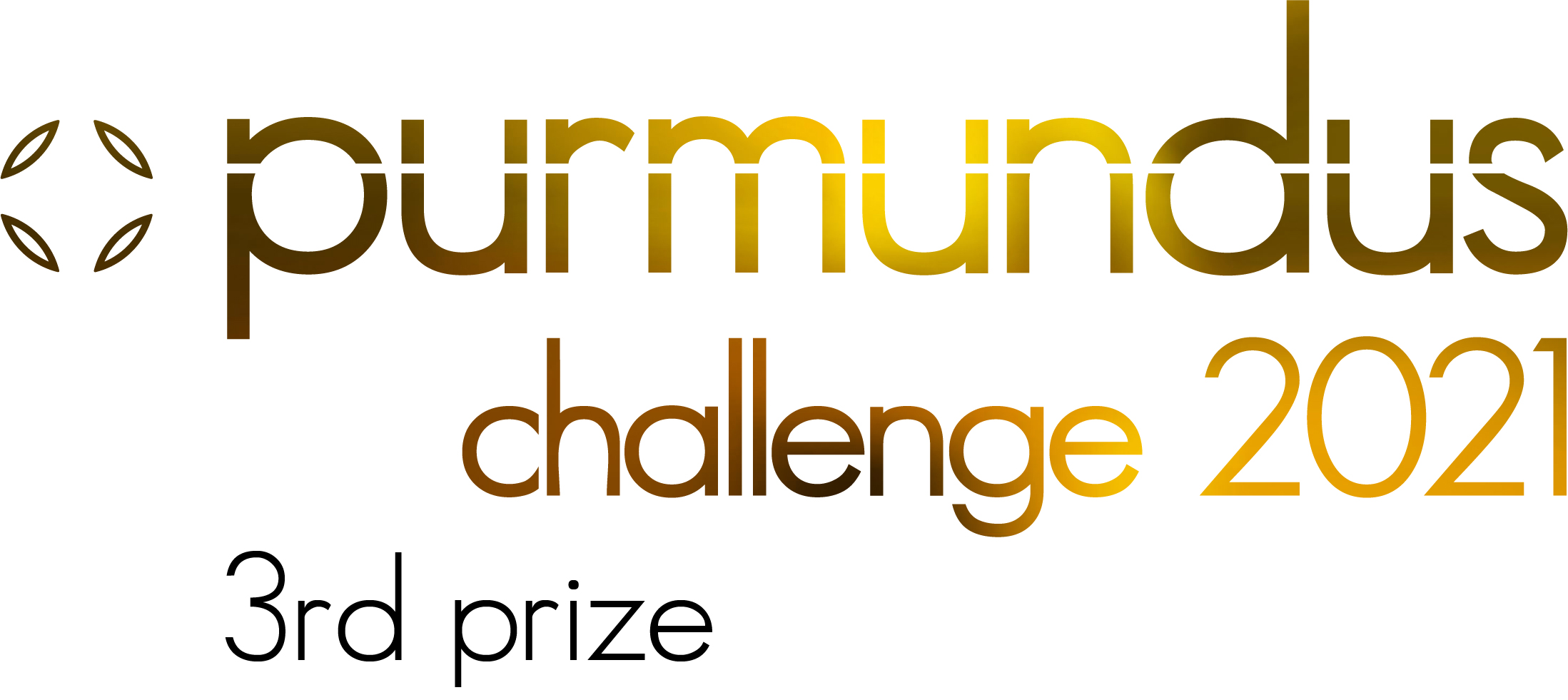
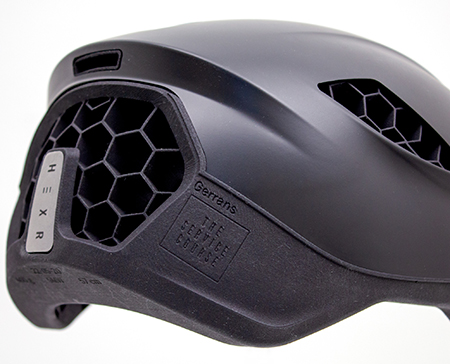 HEXR, the custom fit cycle helmet. Our unique design uses a honeycomb structure to offer market-leading head protection while ensuring maximum comfort.
HEXR, the custom fit cycle helmet. Our unique design uses a honeycomb structure to offer market-leading head protection while ensuring maximum comfort.The creation of the helmet starts with a fitting-scan of the head, which is quickly measured by the our guided app using a cloud of points and the custom fitting HEXR is automatically generated on the server.
HEXR places great emphasis on social impact and sustainability - the PA11-based material consists of 100% castor oil. It is sustainably sourced by Arkema through the Pragati initiative, which supports sustainable farming methods, reduced water consumption and fair working conditions. The inner honeycomb structures and the smaller helmet components are 3D printed. The finishing touches include the assembly outer shell, chin straps, padding and an optional 3D printed ratchet system. The helmet is not only custom made, but additionally personalised with the customers own engraving to truly give the helmet that personal touch. HEXR is one of the first products to make it to mass production on the market through hybrid manufacturing using Advanced Technologies. The helmet also provides groundbreaking safety standards without compromising fit or aesthetics.
Special Mention: macu4 forearm prosthetics
macu4 AG I Dr. Myriam Lingg I Lukas Schiller I Alec Chevrot

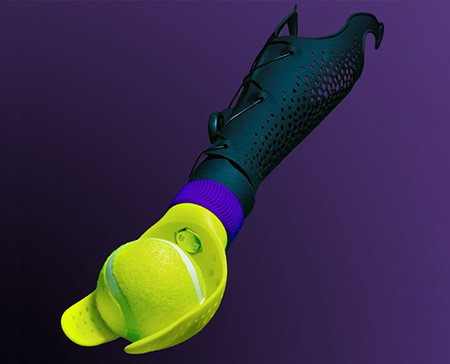 Opportunity
OpportunityCustomization is not cost-effective + offerings are uncomfortable & little lifestyle supporting.
Part 1 of solution
The input parameters can be derived from a scan or a manual measurement.
Part 2 of solution
The macu4 shaft design is modular and can be used for example with our sports hands.
Design – The Shaft
It is customizable for many arms, is lightweight, breathable and intuitive in using it.
Design – The Bike Module
It gives you support on a handlebar, whether it’s a bike, scooter, lawn mower or shopping cart. It allows to steer while guaranteeing an ergonomic posture.
Design – The Ball Module
It supports you in certain ball sports - pick up a ball from the ground, hold it and throw a ball. It works for balls from the size of a table tennis ball to tennis balls.
Design – The Swim Module
It makes it easier for you to displace water with your arm and benefit you in various swimming styles. For example, freestyle, backstroke or breaststroke.
Usability
macu4 is currently tested by 20 users which provide important insights.
Market
USD 1.5B and 20M people worldwide (upper & lower limbs).
Innovation Prize: Bespoke 3D Printed Soft Robots
Bio-inspired Robotics and Design Laboratory - Singapore University of Technology and Design I Washington State University I University of Colorado Denver I Pablo Valdivia y Alvarado I Narasimha Boddeti I Tien Van Truong I Vincent S. Joseph I Thileepan Stalin I Theo Calais I Shien Yang Lee I Martin L. Dunn
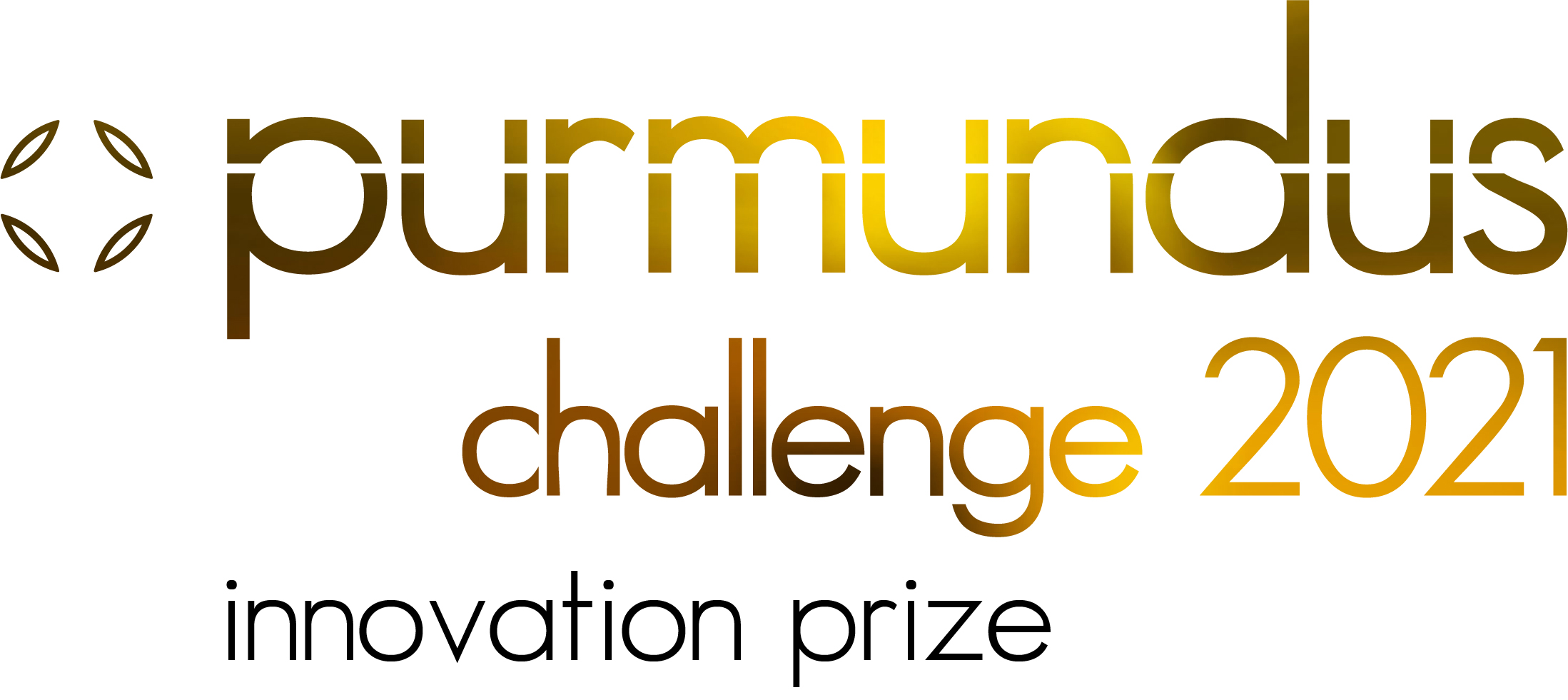
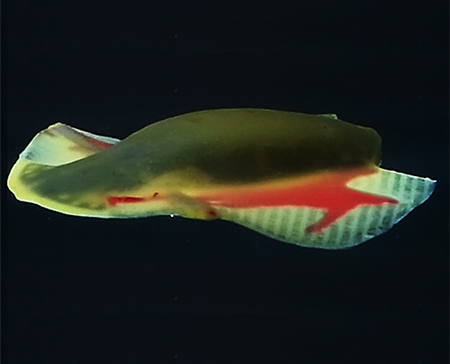 Material properties and composite structures play key roles in tailoring the performance of 3D printed functional devices such as Soft Robots. Unfortunately, current design (i.e. traditional CAD) and fabrication approaches limit achievable complexity and functionality in these two categories and hinder the performance of 3D printed functional devices or products.
Material properties and composite structures play key roles in tailoring the performance of 3D printed functional devices such as Soft Robots. Unfortunately, current design (i.e. traditional CAD) and fabrication approaches limit achievable complexity and functionality in these two categories and hinder the performance of 3D printed functional devices or products.This project takes a systems level approach that allows innovative design and direct fabrication of novel soft composite structures. The process uses computational topology optimization to determine the required 3D composite structure of soft hyper-elastic bodies.
Design
As an example application, the figures on the right show the design of a Soft Batoid-like robot (TOP) and the design of the optimal 3D composite structure for fins that enable high propulsive performance (BOTTOM).
Fabrication
The direct fabrication of the soft composite structures using an all-in-one fabrication workflow with resilient silicone polymers enables precise tailoring of mechanical properties. By applying this approach to the design and fabrication of an underwater batoid-inspired soft robot, significant swimming performance improvements are demonstrated. The pictures below show the fin fabrication process via Direct-Ink-Writting (DIW) and embedded 3D printing (LEFT & CENTER) and a detail of the fine features of the 3D composite structure of the fin (RIGHT).
The design and fabrication approaches developed for this project complement each other in a novel way to provide a higher degree of customization and functionality in silicone based 3D printed functional devices. Our computational design approach enables optimization of the material property distribution to yield desired body kinematics at a new level of complexity. The required material distributions are translated into equivalent soft composite structures and the resulting tailored robot kinematics enable performance not achievable using traditional fabrication approaches.
Results
An optimized composite prototype (images BELOW) displays 50% faster swimming speeds, 28% faster turning rates, and 55% smaller turning radii than un-optimized benchmark prototypes.
Simulation Driven Design: Toucan Beak
Aidro - Desktop Metal Company I Tommaso Tirelli
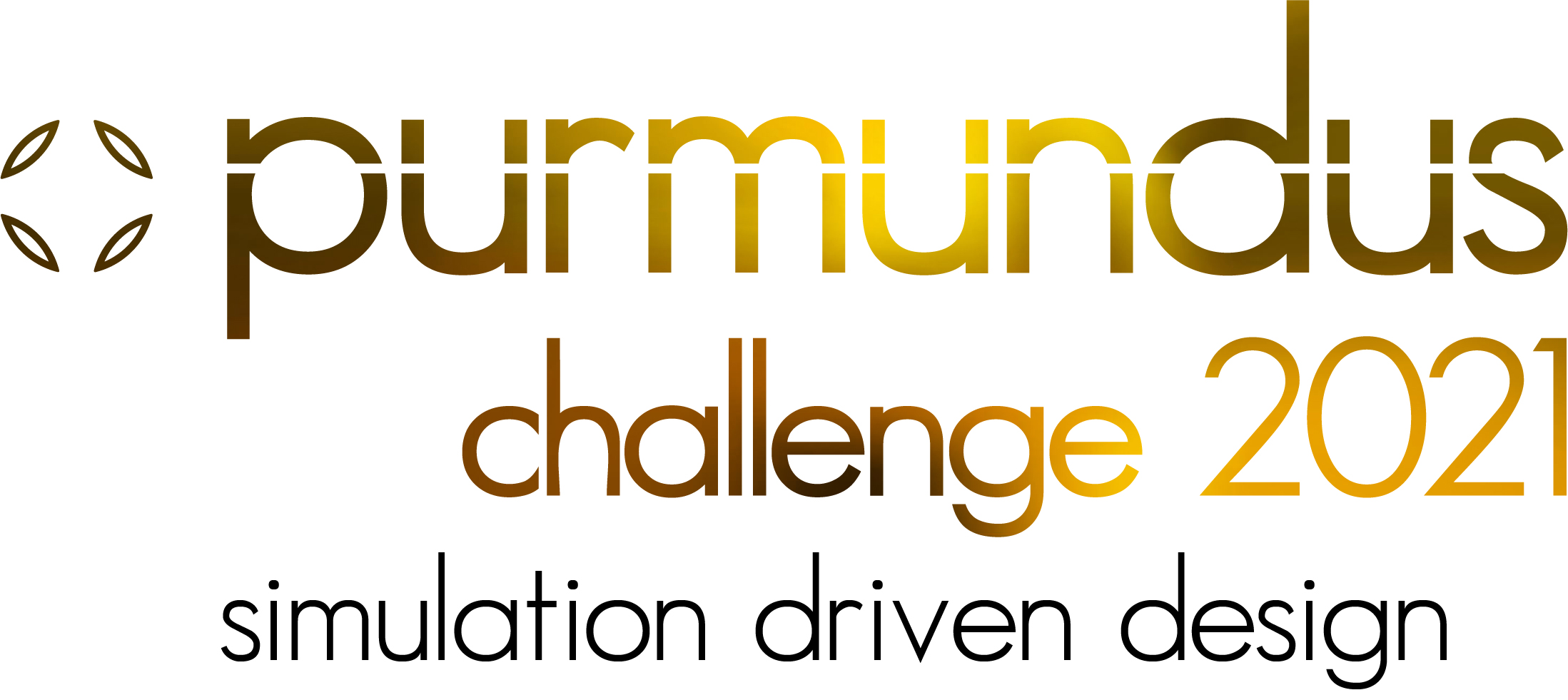
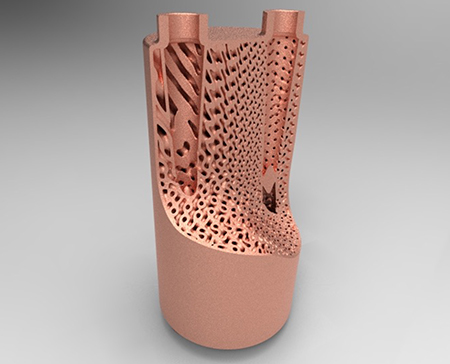 Key elements of the idea/problem: Bio-inspired design and manufacturing
Key elements of the idea/problem: Bio-inspired design and manufacturingHeat Exchanger (HX) with metal Additive Manufactured (AM) micro-channel structures, designed through Multidisciplinary Topological Optimization and Machine Learning simulation (AI) enabled by High-Performance Computers.
Outcomes
Highly efficient, low weight, low carbon footprint HX solutions, through very innovative advanced design process. Digital inventory and distributed manufacturing readiness through AM. Increase energy efficiency for existing systems without system layout changes or for spare parts.
Goals
improve heat exchange, reduce pressure drops, reduce weight and space, on a printable LPBF solution.
Market & Business opportunities
HX EU Market value*: 1.8 b$ (2015), 4.5b$ (2027), CAGR 12.1% (2020-2027). Profitability driven by solutions with high degree of customization and flexibility for high end applications; extension of partners’ core business (*source: Grand View Research, Inc)
Partnerships
Co-funded R&I project (EU: 3DP Pan, FF4EuroHPC / Italian Government: CIM4.0, MADE). Partners: Optimad Engineering, EOS GmbH, CINECA
Advanced Optimized Solutions for Additive Manufactured Lightweight and Highly Efficient Heat Exchangers
Bio-inspiration
The Toucan Beak is:
- Lightweight but stiff, thanks to controlled and variable porosity (Nature’s Topological Optimization)
- Integrates multiple functions, including a Controllable Vascular Heat Exchanger
Highly Innovative approach. Multi-disciplinary Topological Optimization with advanced simulation tools, Machine Learning and Hight Performance Computer deployment. Increased surface for same volume and controlled porosity = thermal efficiency increase and lightweight solution.
Manufacturing
Laser Powder Bed Fusion allows to manufacture micro-channel complex structures. Readiness for digital inventory and distributed manufacturing, i.e. in proximity of the end user site with extremely short lead-time. Enables Integration of multiple functions in a single part.
Variable Porosity
= Frequency variation of gyroid, to address the fluids in all volume available and increase heat exchange.
Newcomer Prize: Highly Functional Integrated 3D Printed Brake Caliper
ETH Zürich - Product Development Group Zurich I Aschraf Danun I Michael Wehrli I Remo Elmiger I Ole Müller I Tiago Ogris I Tom Felder I Prof. Mirko Meboldt

 As part of a student project of the Product Development Group at ETH Zürich, we designed a highly integrated bike brake caliper for metallic additive manufacturing to demonstrate the free functional complexity potential of AM with three added values: design freedom for internal fluid channels, the functional integration of both, a monolithic compliant membrane and topology optimized lightweight design. Traditional brake calipers are hydraulically actuated using pistons. They consist of two halves that are held together by screws. Unfortunately, the design is prone to leaking. Also, the assembly and bleeding are time-consuming. We managed to reduce the number of parts from eleven to one by replacing the pistons with a compliant mechanism: a thin corrugated membrane. This monolithic design allows the caliper to be printed as one single part with all functionalities integrated. The fluid channels were optimized to trap less air while bleeding. The design is scalable and could be applied to cars or aerospace as well. The -35% lightweight design is visioned to reduce fuel consumption and CO2 emissions in such an application domain.
As part of a student project of the Product Development Group at ETH Zürich, we designed a highly integrated bike brake caliper for metallic additive manufacturing to demonstrate the free functional complexity potential of AM with three added values: design freedom for internal fluid channels, the functional integration of both, a monolithic compliant membrane and topology optimized lightweight design. Traditional brake calipers are hydraulically actuated using pistons. They consist of two halves that are held together by screws. Unfortunately, the design is prone to leaking. Also, the assembly and bleeding are time-consuming. We managed to reduce the number of parts from eleven to one by replacing the pistons with a compliant mechanism: a thin corrugated membrane. This monolithic design allows the caliper to be printed as one single part with all functionalities integrated. The fluid channels were optimized to trap less air while bleeding. The design is scalable and could be applied to cars or aerospace as well. The -35% lightweight design is visioned to reduce fuel consumption and CO2 emissions in such an application domain.For more information about our highly functional integrated AM part please watch the video: https://youtu.be/mq-pQFMKOqk
Public Choice Award: Delijuice
Roberto Trunfio
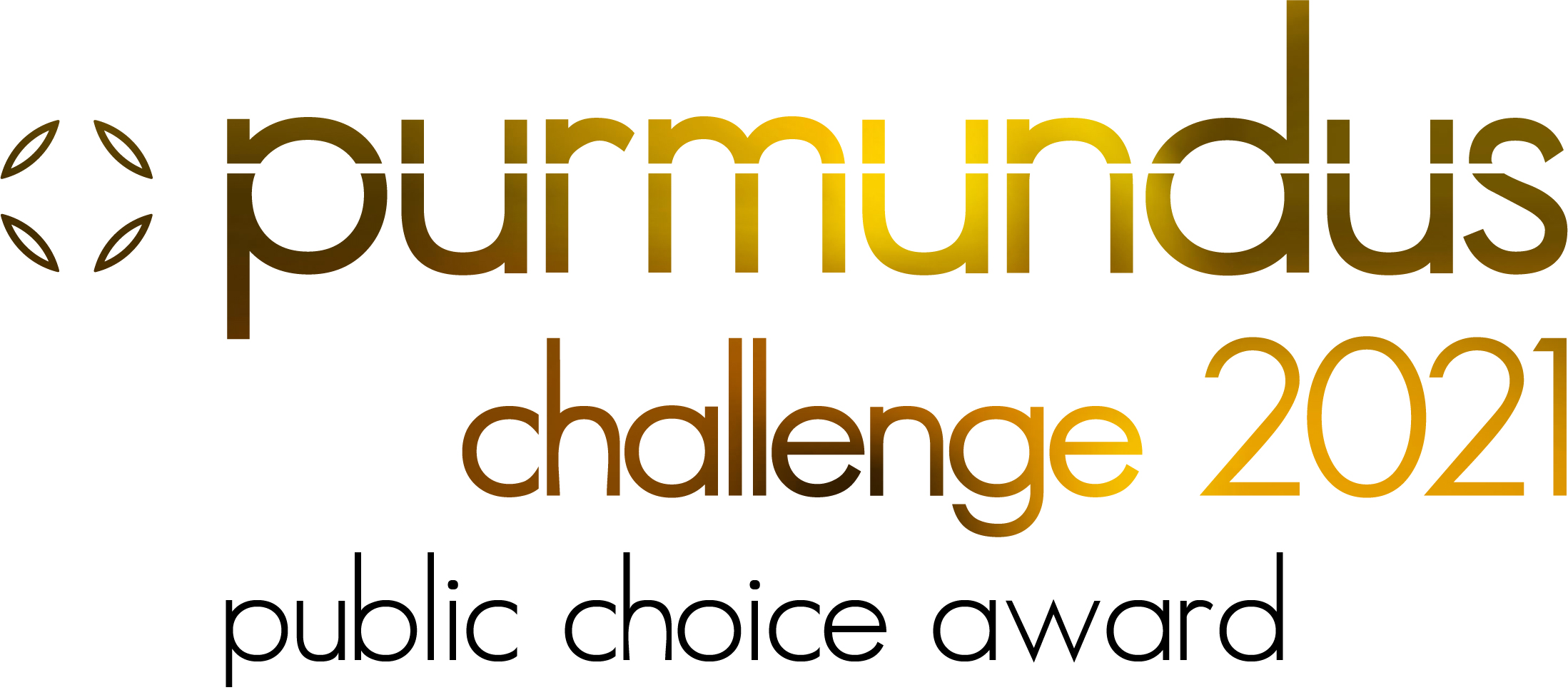
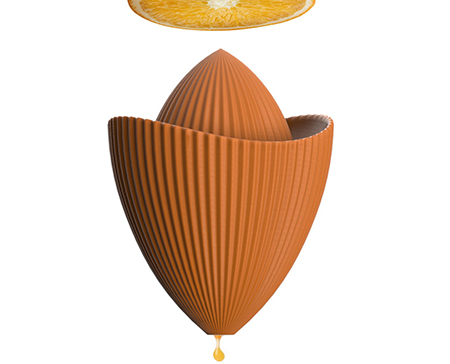 The Delijuice Juicer was born from the idea of wanting to give a new life to food waste. Various sectors of the food supply chain have been analyzed and their problems, opportunities, studies carried out and already active projects have been evaluated.
The Delijuice Juicer was born from the idea of wanting to give a new life to food waste. Various sectors of the food supply chain have been analyzed and their problems, opportunities, studies carried out and already active projects have been evaluated.The citrus sector was selected as the best for its potential and the ability to act and create something starting from waste, using 3D printing technology.
The project is a juicer made with citrus waste processed and processed into filaments for 3D printing. It could be the first in a family of similar products.
Delijuice project wants to enter the supply chain, creating new connections hoping to communicate and promote attention to food waste. The circular economy model of delijuice starts from the waste from the 4 main phases of the supply chain and promises to give back products designed not only for the final consumption phase but will also undertake to design products useful for collection, transport and sales packaging. It will also go live by creating real user experiences in the field and in the laboratories.
Citrus colors palette
The color palette is inspired by the world of citrus from the light and dark green typical of the leaves and lime, to the shades of yellow, orange, pink, lemon red, orange, grapefruit, blood orange to the classic black and white.
Estos son los finalistas de este año:

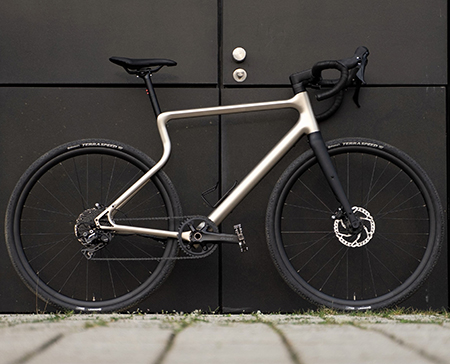
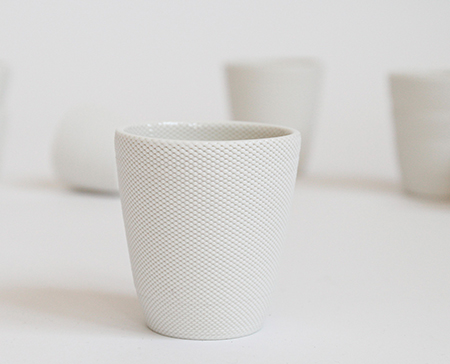


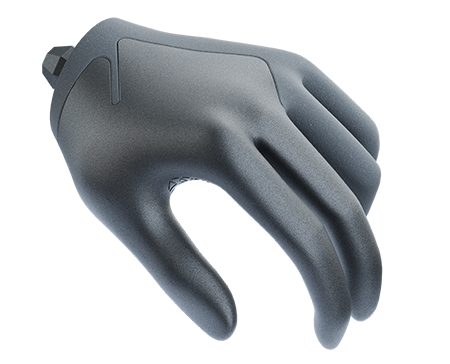
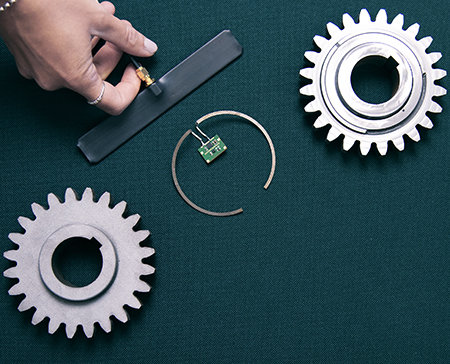
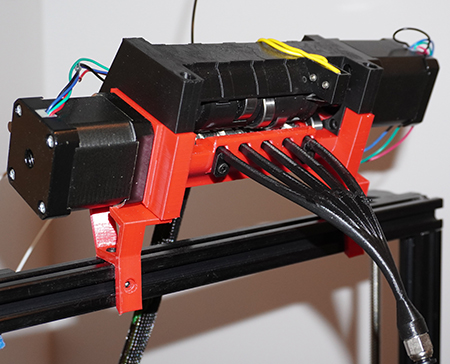


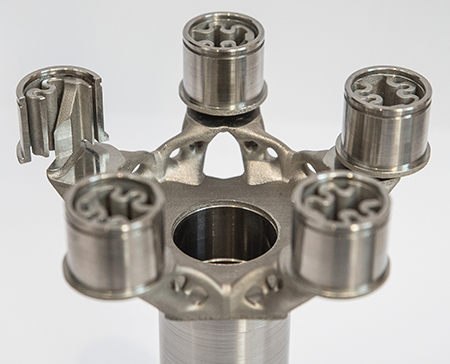
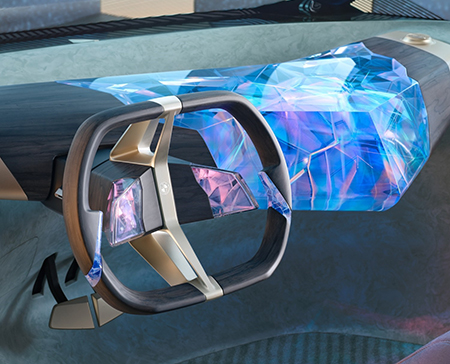
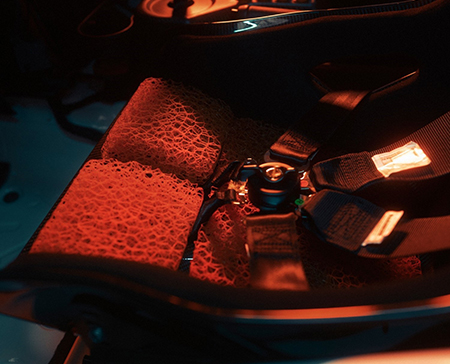
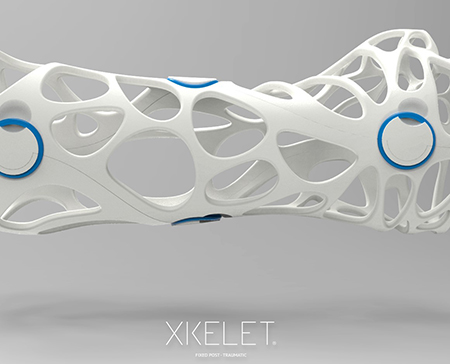
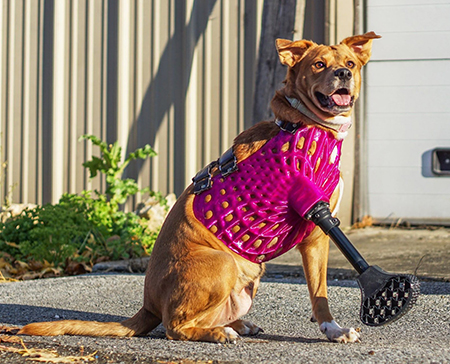
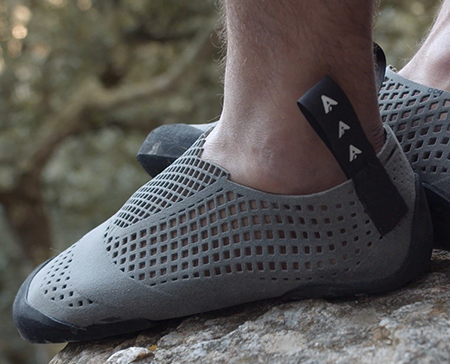
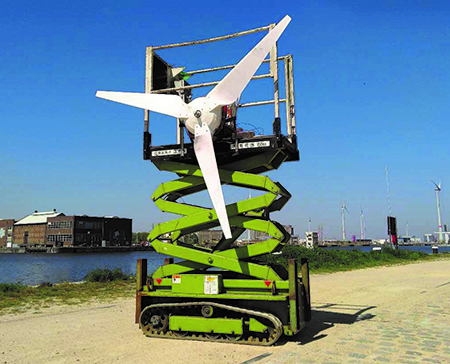
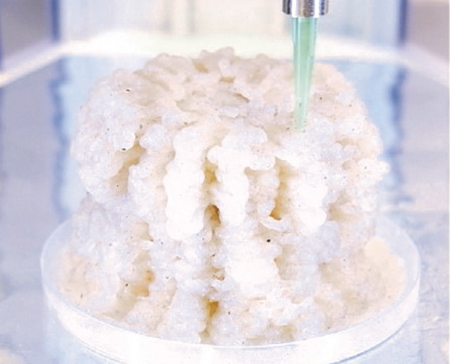
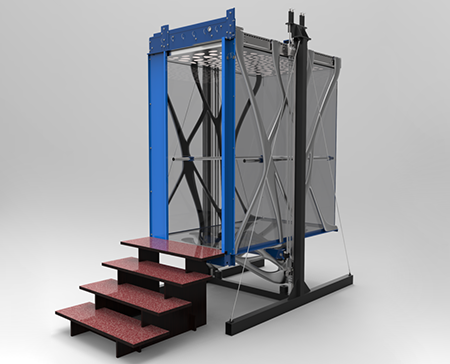
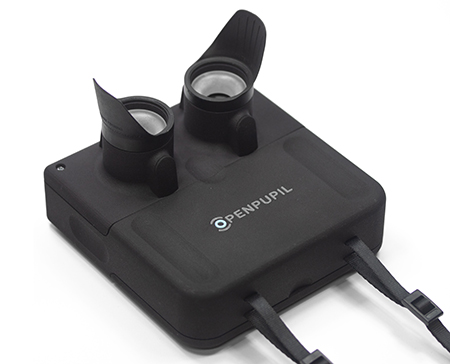
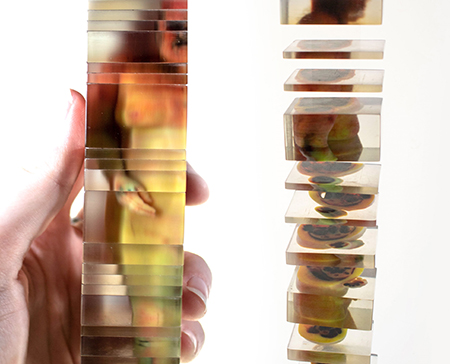
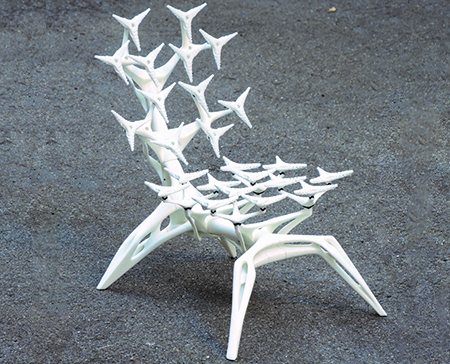
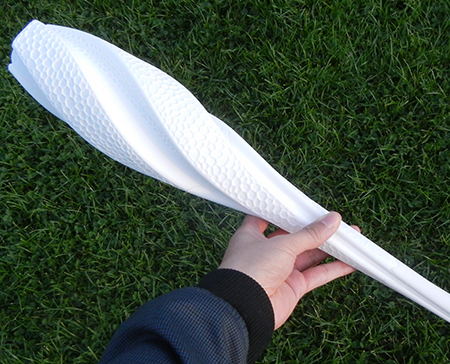
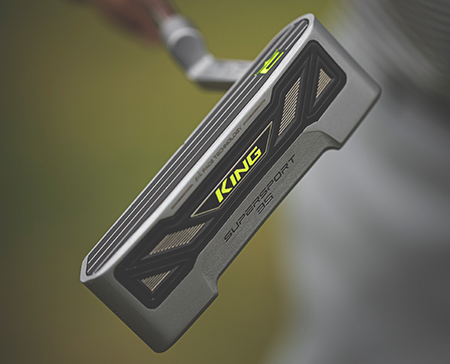


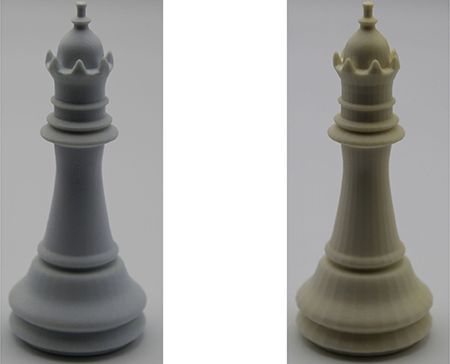

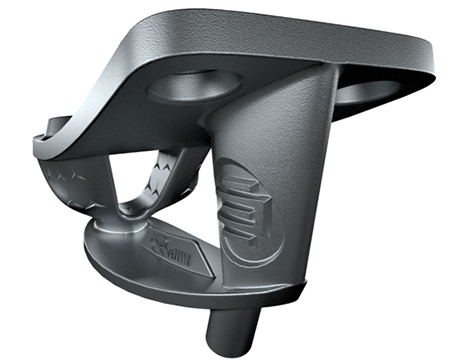
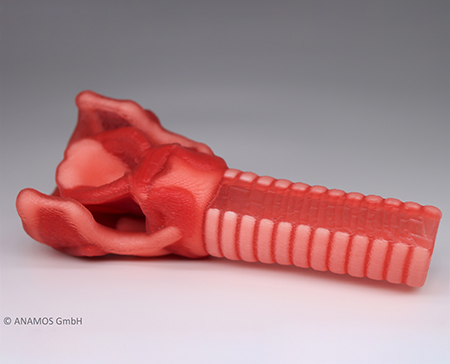

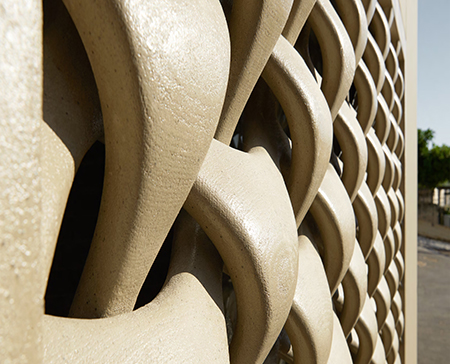
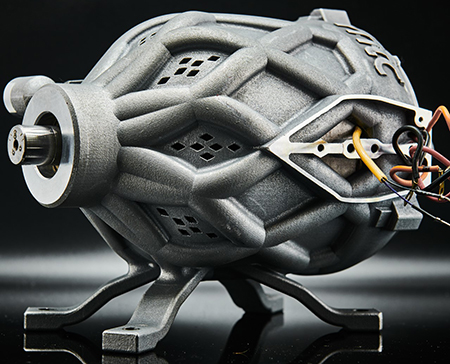
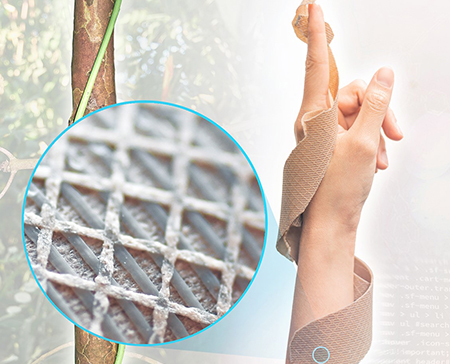
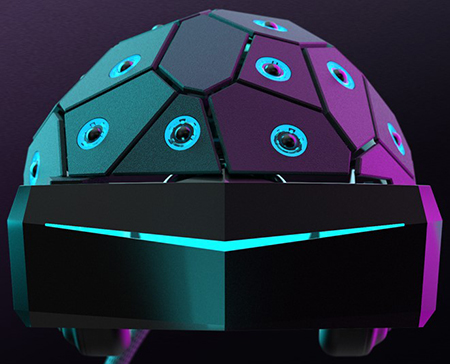
×
Finalistas de los folletos: Los finalistas de la purmundus challenge 2021 [pdf: 11,0 MB]
!Desde aquí nos gustaría dar las gracias al jurado y a los colaboradores!
Juardo 2021
Christoph Behling - Christoph Behling Design Ltd.Prof. Richard Bibb - Loughborough University
Isabelle Fröhlich - Volkswagen AG
Tilla Goldberg - Ippolito Fleitz Group
James Helliwell - hyperTunnel Limited
Dr. Alexander Hildebrandt - Festo SE & Co. KG
Frank Kleemann - Freelance industrial designer
Andreas Pany - Ernst Strassacker GmbH & Co. KG
Prof. Dali Sun - Beijing University of Technology
Graham Tromans - G P Tromans Associates
Dr. Clara Usma - Deakin University
Dr. Patrick Pradel - Loughborough University





